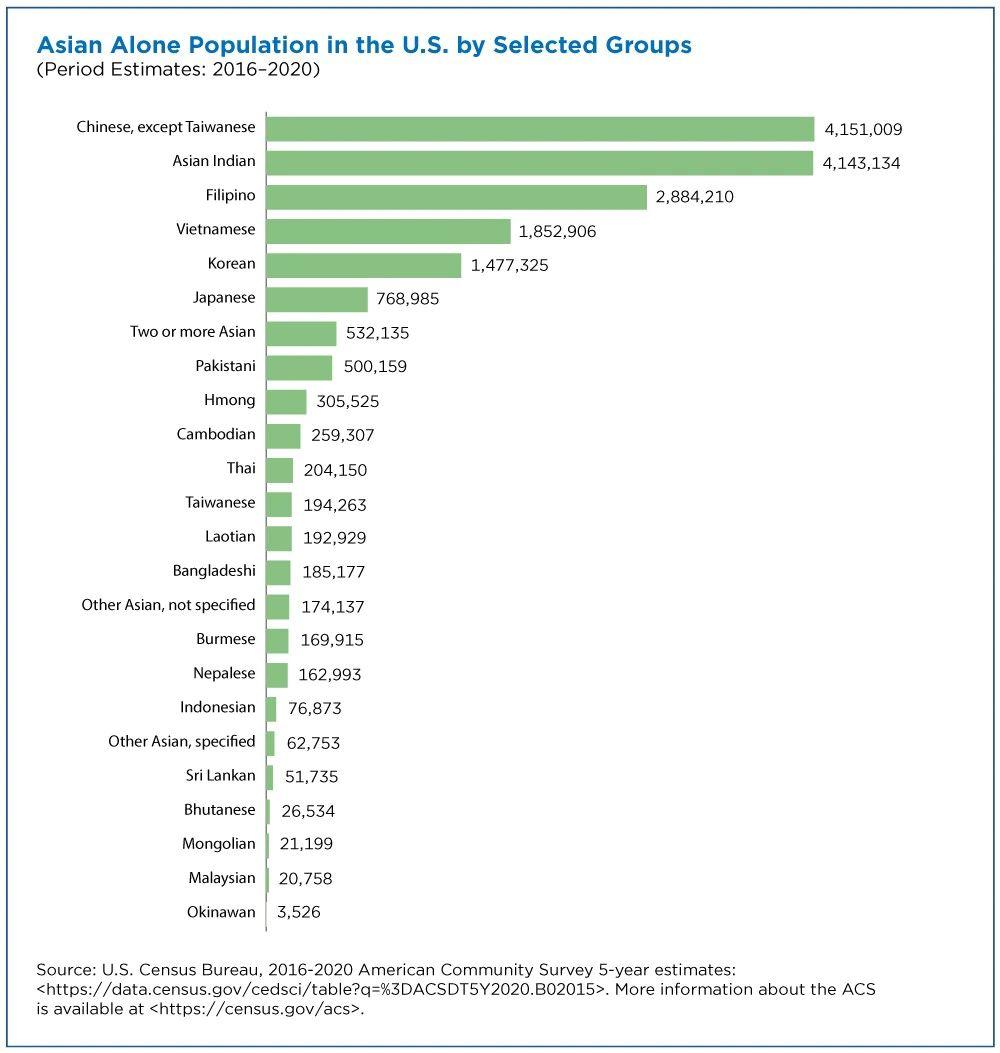
1 minute read
Some words from the author, Conrad A. Panganiban
“When I was first approached by CIRCA Pinti to write a play that touched on the topic o Anti-AAPI violence in America, it was a dauntin task, but a welcome challen e.…there's a ca e I requent in Alameda, CA where it is run by an Asian amily that serves classic "American" DINER ood. The clientele is very diverse and bein in a small community, it was so encoura in to see how the customers interacted with the staff. So, that seed o ima inin how these diners would react i one o the staff was attacked and how a community can be united because o that act inspired the story o the play.”
“It's very important or audiences carry hope ul resolutions out o the theatre and into their communities to share with riends and amily, especially when it eels like much o the country, communities, and even amilies are divided on so many subjects. As a playwri ht, it's always a dream to be able to put my words into the bodies o amazin artists to show how hope or a better tomorrow can keep a person oin no matter how bleak thin s et. Another thin specifically I'd love or audiences to take away rom DARYO'S ALL-AMERICAN FAMILY, is to remember that each person has a voice. That i a person sees somethin wron done, that they are capable o reachin out or help.”
Advertisement
Who are Asian Americans/ AAPI people?
The 2020 Census:
• shows 19.9 million people identified as Asian alone and 4.1 million people identified as Asian in combination with another race.
•States with the lar est Asian populations (includin those with more than one race) in 2011 were Cali ornia (5.8 million) and New York (1.7 million).
There are over 19.9 million Asian Americans livin in the United States and make up 5.6% o our national total population.
-U.S. Census 2023


